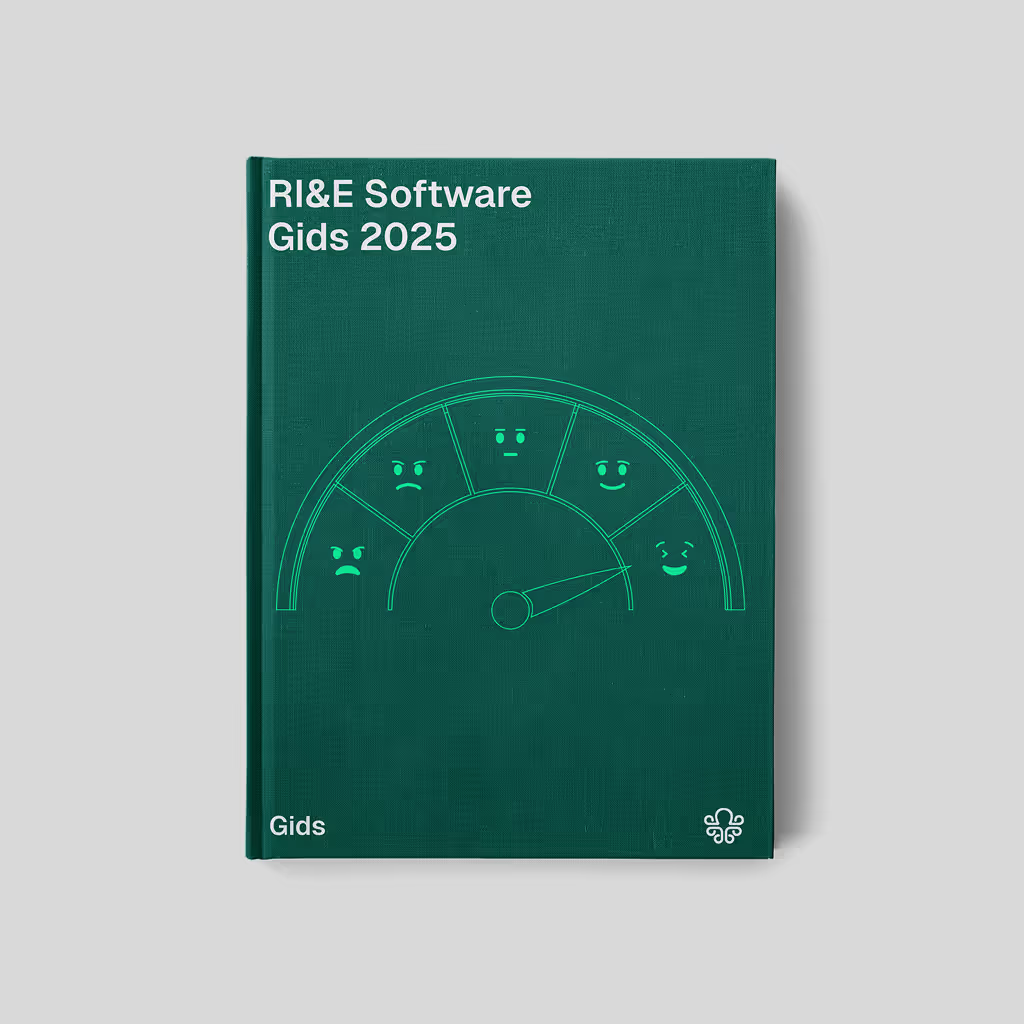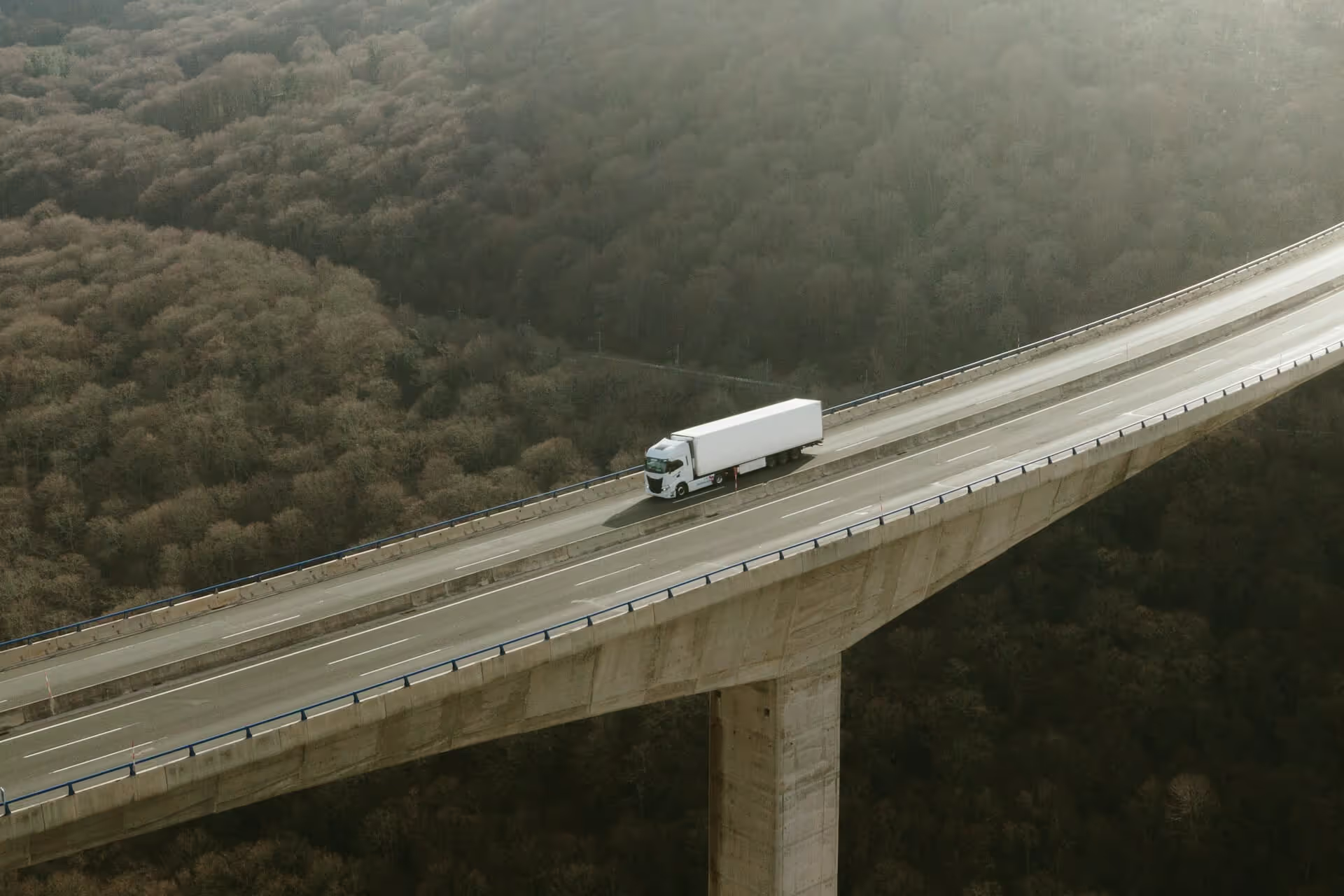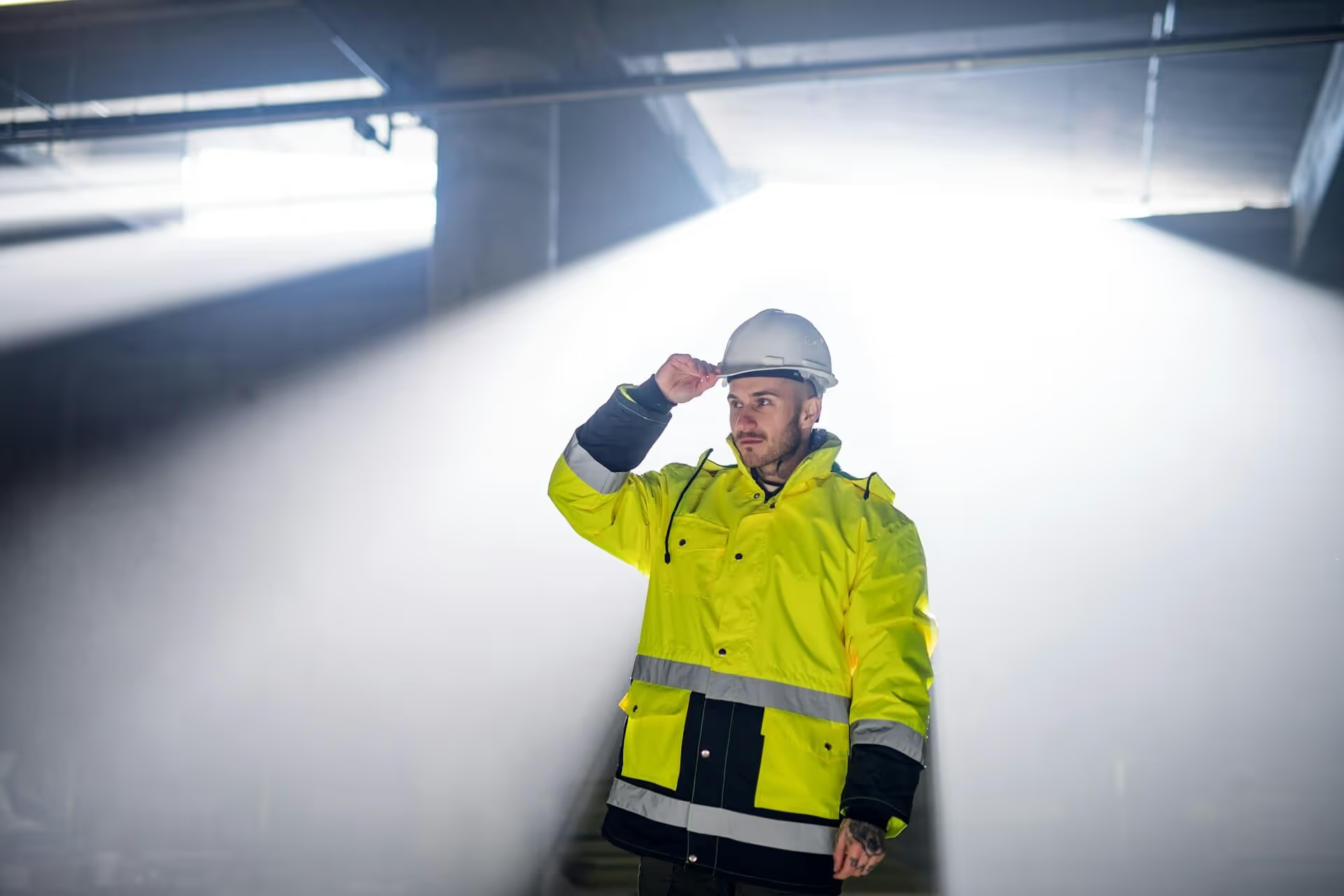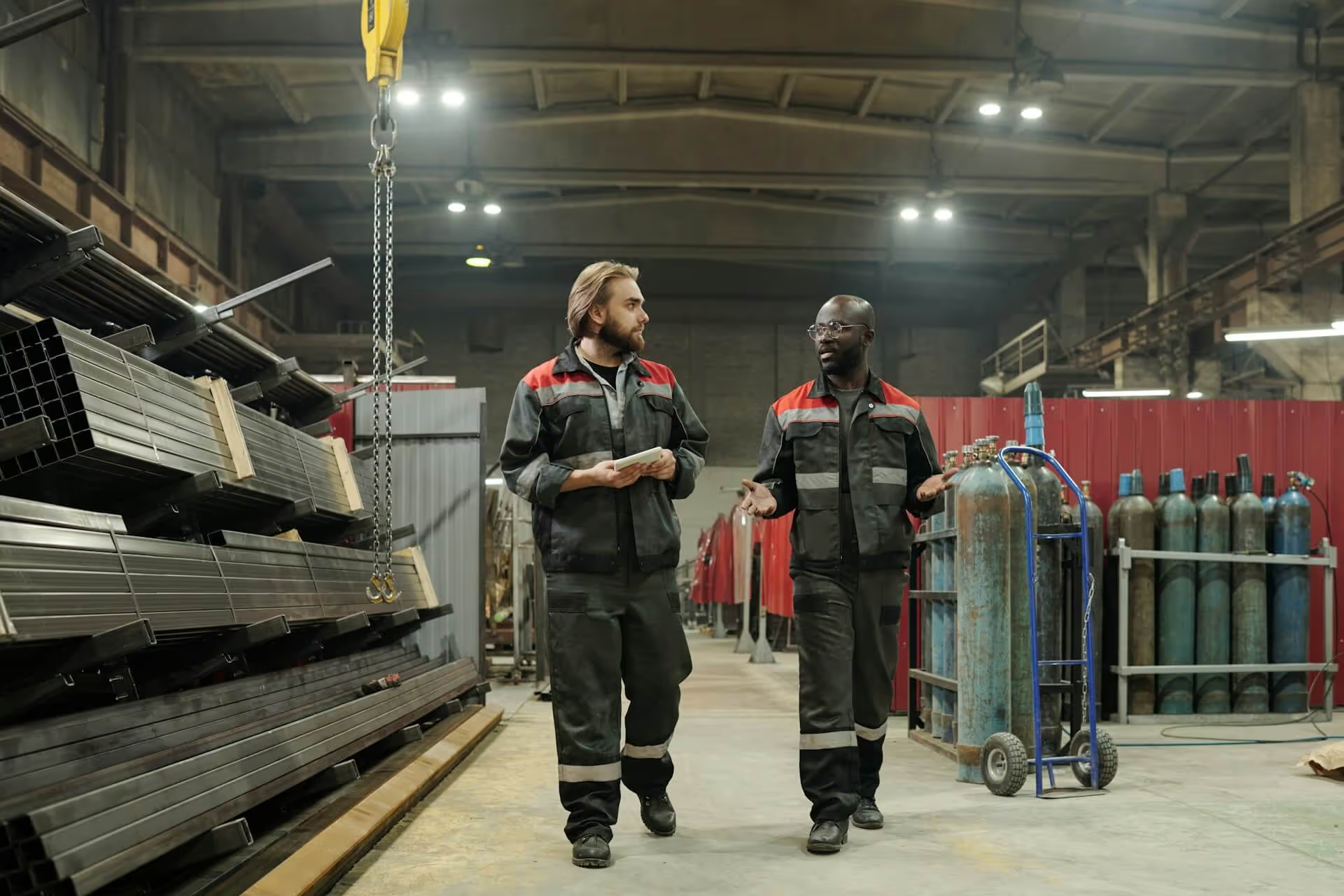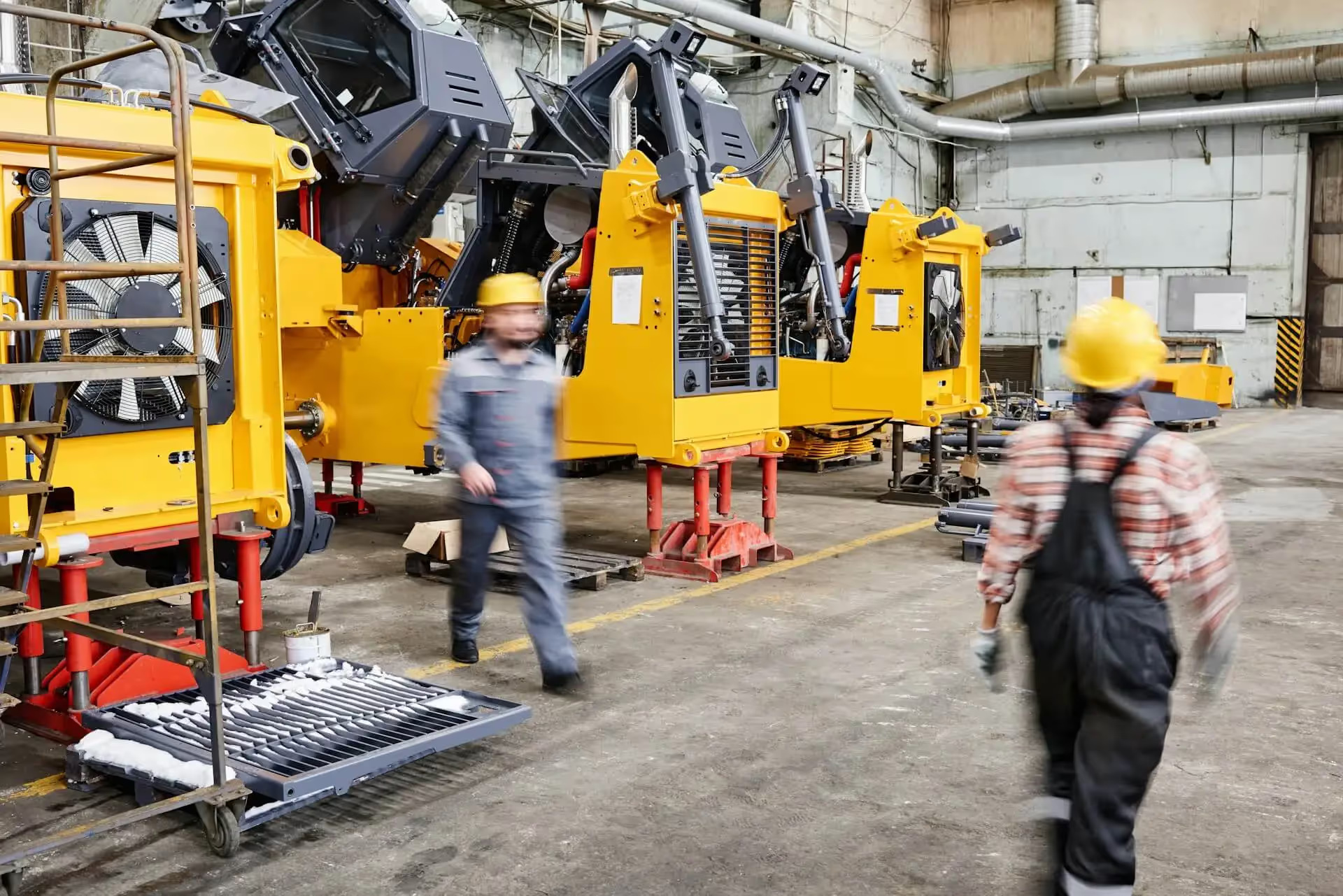Why is an risk assessment & evaluation (RI&E) important for the transport sector?
The transport and logistics sector is a world of movement. Drivers drive tightly on schedule, warehouse workers move tons of goods per day, and planners make sure everything runs smoothly. There is also a solid reality behind this dynamic: physical strain, time pressure and diverse work environments. This involves serious risks.
A good RI&E (Risk Inventory & Evaluation) is therefore not an unnecessary luxury. In fact, it is a legal requirement for companies that employ staff. Apart from the obligation, it is also, above all, a practical and useful steering tool. A correct RI&E ensures that you have a clear picture of the risks present. You can then set priorities and make your organization run better. In this sector, safety and efficiency go hand in hand. So you can only benefit from it.
In this blog, we show you how to do that smartly and efficiently.
What makes the transport sector so unique in terms of occupational risks?
The transport sector involves specific occupational risks that are less likely to be encountered in other sectors. This includes the diversity of workplaces, varying circumstances and the physical and mental pressure associated with work. We have listed the most important points of interest for you:
Diverse workplaces
As a transport employee, you do not work at one fixed location. Employees are on the road, in the warehouse, with customers, in loading areas and/or in parking lots. Each location has its own risks, from smooth warehouse floors to heavy traffic on the highway.
Changing working conditions
Long working days, shifts and tight schedules are the rule rather than the exception in the transport sector. As a result, employees are at increased risk of fatigue, stress or physical overload. We often see this with drivers who can't take a break and spend a lot of time alone.
We would also like to mention some specific risks that we have encountered in practice:
- Falls when getting on and off trucks or at loading docks.
- Vehicle accidents, especially in tight warehouses or busy city centers.
- RSI complaints due to repetitive actions such as scanning, loading or steering.
- Road safety, which is strongly influenced by time pressure, traffic jams and unforeseen situations.
To make it concrete, we would like to outline some examples:
In practice, we see that drivers sometimes secure their cargo themselves without aids or guidance. This often results in back problems or falls. The warehouse often lacks clear walking routes, even though forklifts are constantly moving.
You can make such situations visible and manageable with a good RI&E.
Occupational accidents in the transport sector
According to the CBS, in 2021, 2.8% of employees in transport and logistics occupations (such as truck drivers and forklift drivers) had an occupational accident involving absenteeism. That is more than double the national average of 1.3%.
What is unfortunately even more worrying: almost one in five of these employees indicated that psychological overload (such as stress, harassment or work pressure) was a major cause of the accident.
The urgency for a structured RI&E is therefore great. Of course, you must comply with applicable legislation, but above all, you want to keep your employees healthy, motivated and employable.

What exactly should an RI&E transport contain?
A good RI&E is industry-oriented and concrete. For transport companies, this means paying attention to both internal risks (such as in warehouses) and external factors (such as on the road). The following themes should not be missing in good RI&E transport:
Risks in a warehouse:
- Forklifts: there is a risk of collision and there are limited sight lines. Unfortunately, there is also the risk of insufficient training.
- Stacking zones: a risk of falling objects or collapsing material.
- Noise: Exposure to noise for a long time can lead to hearing damage.
- Workload: peak load or understaffing increases the risk of errors.
Risks along the way:
- Fatigue symptoms: long journeys, irregular working hours and insufficient rest.
- The development of traffic accidents: partly due to time pressure, traffic jams and distractions.
- Securing the load: if it is incorrect, dangerous situations occur on the road.
Other relevant themes to consider in your RI&E:
- Instructions & procedures: are these clear and are they also familiar to everyone?
- Supervision & compliance: is safe behavior being actively monitored?
- Maintenance: how well have the vehicles and tools been kept up to date?
- Ergonomics: think of the sitting position in trucks, lifting aids in the warehouse, and workplace variation.

Practical roadmap: how to set up a good RI&E for transport companies
A good RI&E doesn't have to be a paper tiger. You don't want it to end up in the closet, so be smart and structured. Make it clear for yourself and your team. Here is the step-by-step plan to follow:
Step 1. Identify risks by location and function
Think of drivers, planners, logistics staff and forklift drivers. Each position has its own risks.
Step 2. Perform workplace inspections and toolbox meetings
Walk around, observe and, above all, ask questions. Actively involve your employees in setting up your RI&E; they often know best where things can go wrong.
Step 3. Analyze and prioritize risks
Assess how serious the risks present are and how often a risk occurs. Focus on the toughest categories first.
Step 4. Draw up an action plan
Determine what the concrete measures are, who is responsible for what and when the measures should be implemented. Make it SMART: Specific, Measurable, Acceptable, Realistic, and Time-Bound.
Step 5. Ensure follow-up and update
It's important to remember that an RI&E is not a snapshot. You will need to revise the document after any changes in routes, personnel, or equipment.
Step 6. Use industry-specific tools
The RI&E Support Center offers you a free tool for the transport sector
Would you like more information about drawing up an action plan? Also read our blog “How to make an action plan for your RI&E?”
Common mistakes in RI&E transport
Unfortunately, mistakes are still being made when preparing an RI&E, and we would like to help you prevent them. So make sure you don't fall into one of these pitfalls:
- The RI&E only focuses on drivers. The warehouse is forgotten. View all work environments.
- Road safety is not included. Just think of the situations along the way, such as traffic jams, weather conditions or road aggression.
- An RI&E ages quickly. So you should keep updating it. Make sure your RI&E always stays up to date with changes in routes, personnel or equipment.
- Little or no involvement of the employees. The value of your RI&E increases if you actively let employees contribute ideas. After all, they are the eyes and ears of the workplace.
So it can be easier and better. Especially with the right tools and guidance!
RI&E transport checklist
Are you preparing your RI&E transport and would you like to check whether your RI&E is complete? Then use our checklist:
- Do you have a good idea of all functions (drivers, planners, warehouse workers)?
- Did you include road safety along the way?
- Is attention paid to the physical and mental strain of employees?
- Is your plan of action evaluated periodically?
- Are your employees actively involved in setting up the RI&E?
- Have you used an industry-specific RI&E tool?
Get started today
Let's be clear, an RI&E is not an exercise purely for form. It is a powerful way to get a grip on safety, employability and business continuity. This allows you to prevent accidents, reduce absenteeism and increase workplace satisfaction.
With ISO2HANDLE, you can digitize the entire process, from inventory to follow-up. Simple, organized and always up to date. So we are happy to help you.
Wondering how we can help your transport company? Feel free to view our solution in a short online demo.
Quality, Health, Safety and Environment?





